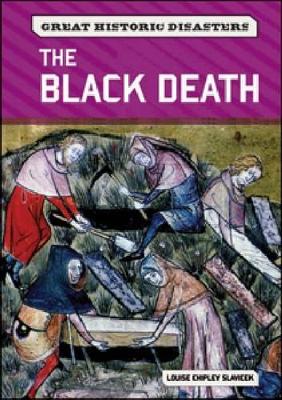Great Historic Disasters
2 total works
At approximately 5:12 a.m. on April 18, 1906, a powerful earthquake ripped through the city of San Francisco. Roadways rose and fell like ocean waves. Crumbling walls and chimneys rained glass and bricks onto sidewalks and streets, and crowded rooming houses suddenly vanished into heaps of splintered wood. Yet San Francisco's ordeal had only begun. The violent trembling of the ground had hardly stilled when dozens of fires sparked by damaged chimneys and severed gas lines ignited throughout the stricken city. By April 21st, the fires were finally brought under control, but the city had lost nearly 30,000 buildings to the earthquake and ensuing blazes, half of its population was homeless, and some 3,000 were dead. Until Hurricane Katrina slammed into the Gulf Coast in 2005, the San Francisco calamity of 1906 was the worst natural disaster in U.S. history.
In 1347, Europe was hit by the worst natural disaster in its recorded history: the Black Death. Now believed to be a combination of bubonic plague and two other rarer plague strains, the Black Death ravaged the continent for several terrible years before finally fading away in 1352. Most historians believe that the pandemic, which also swept across parts of Western Asia and North Africa, annihilated 33 to 60 percent of Europe's population - roughly 25 to 45 million men, women, and children. This massive depopulation had a deep impact on the course of European history, speeding up or initiating important social, economic, religious, and cultural changes.

